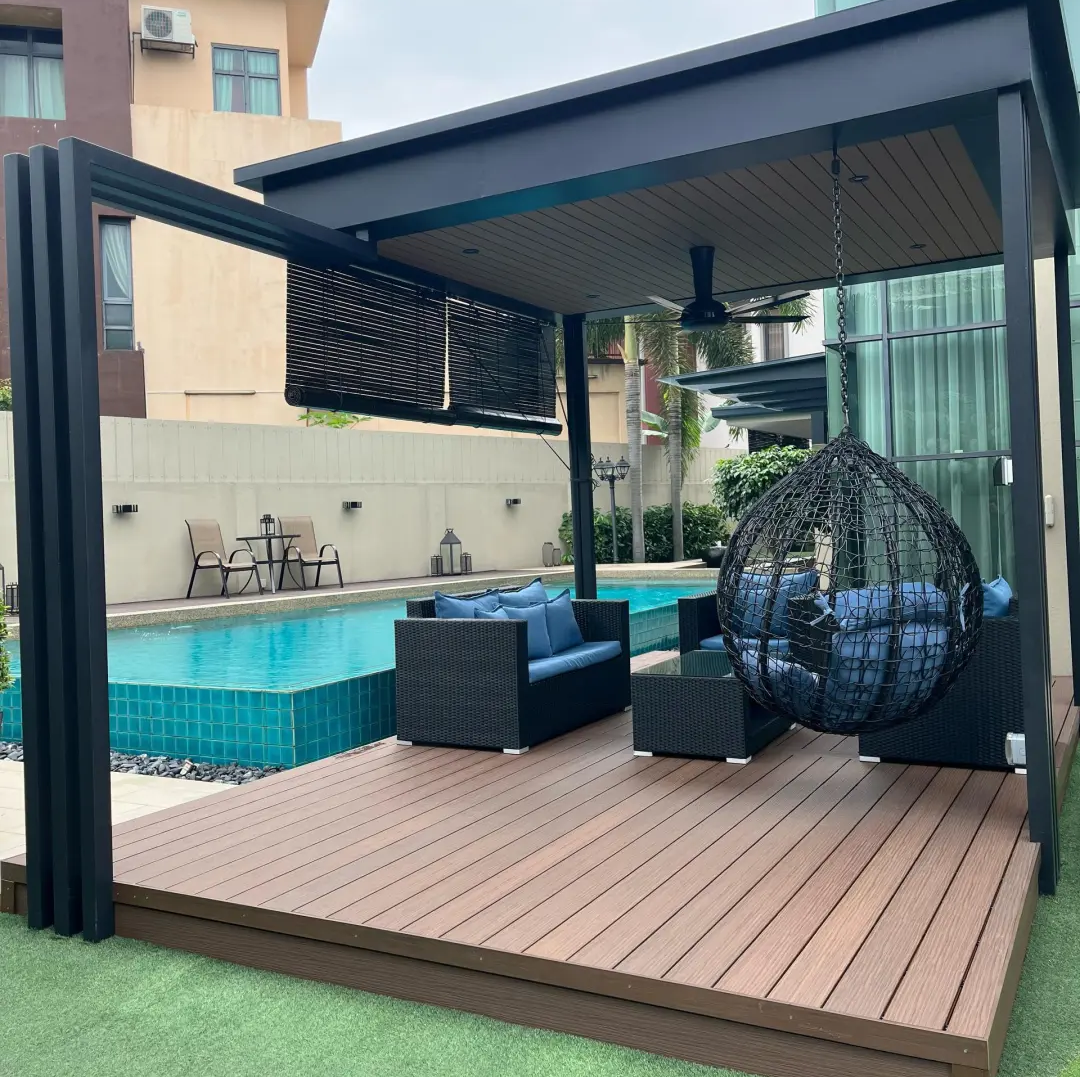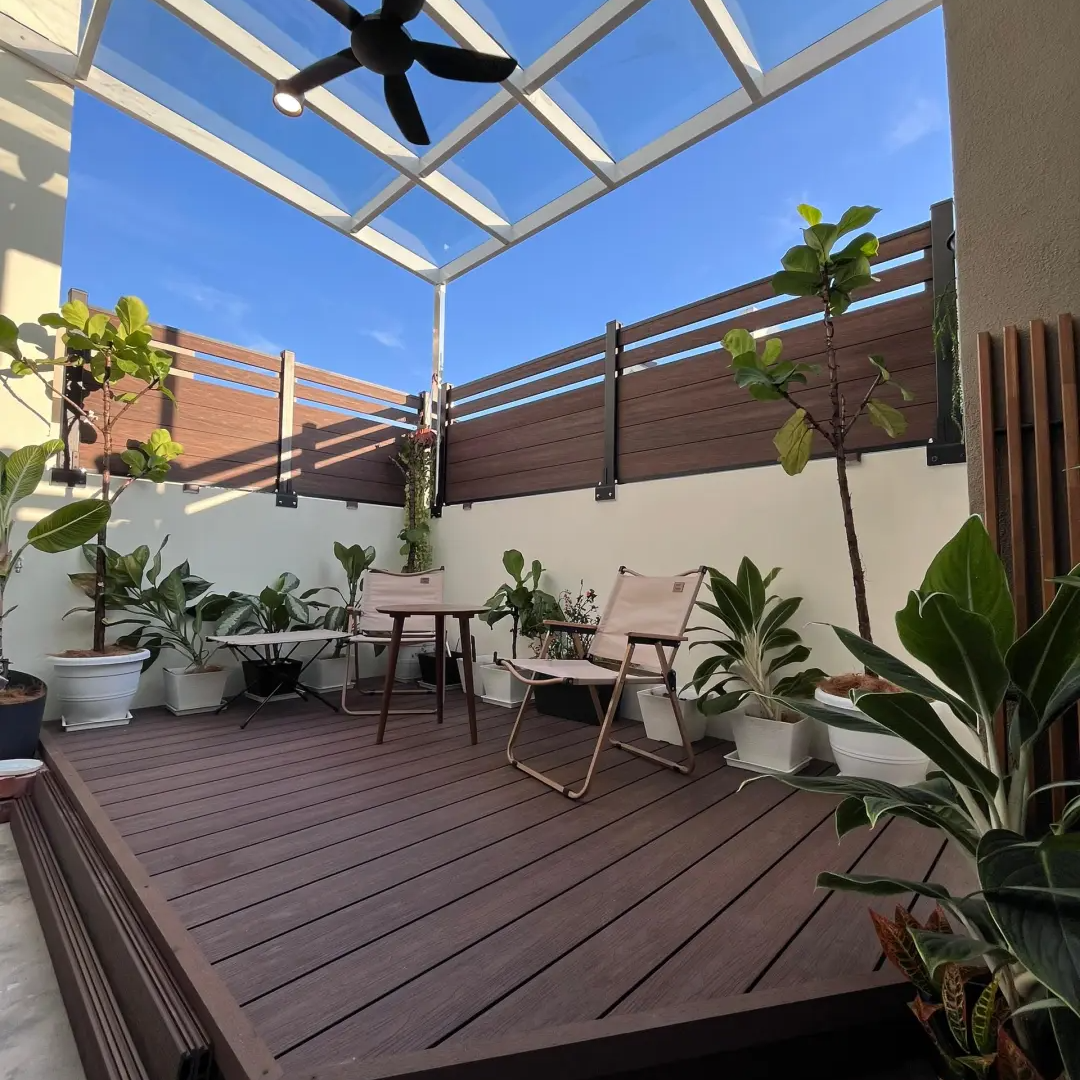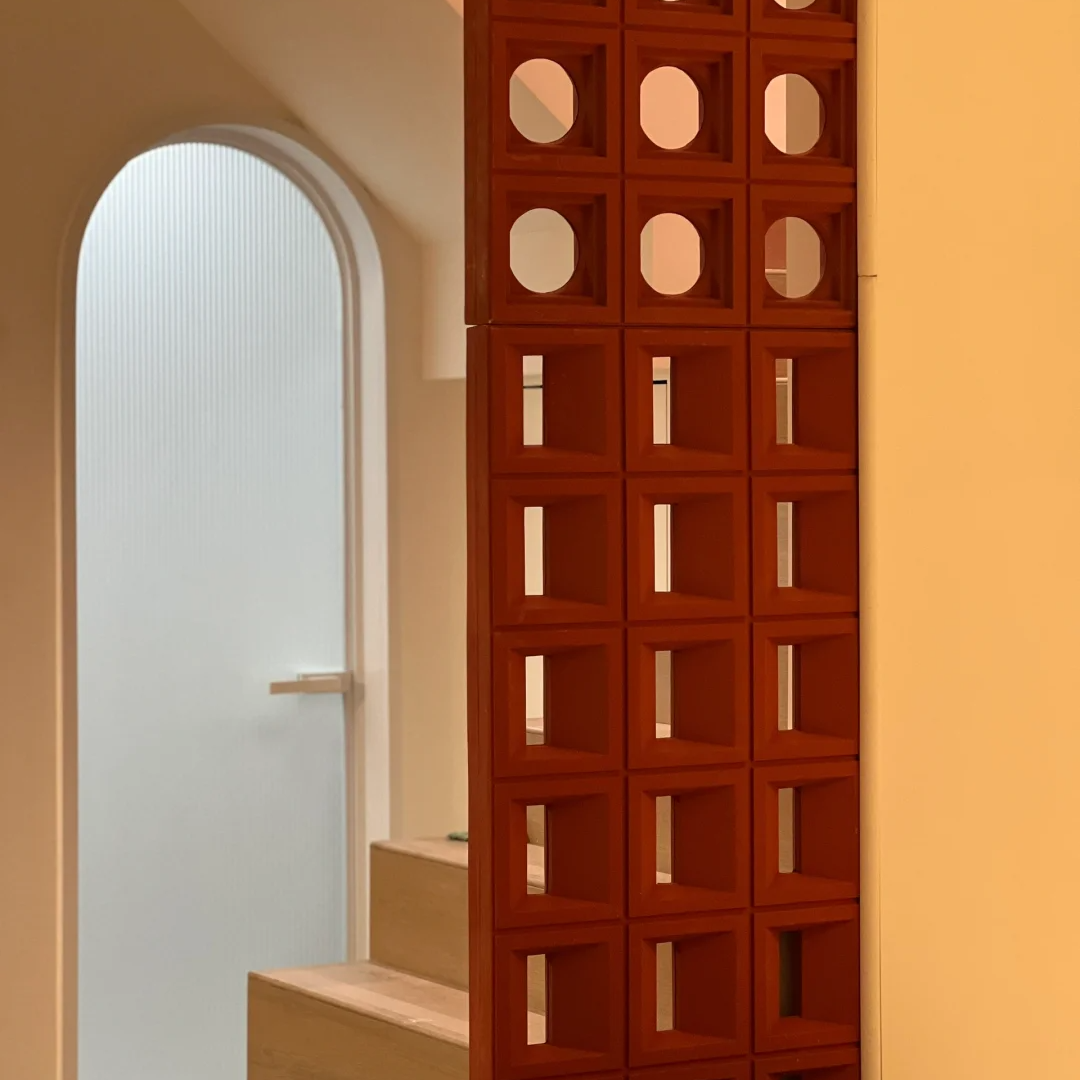When it comes to outdoor flooring, WPC deckinghas become one of the most popular choices. But once you decide to use WPC, the next question is often: Hollow WPC Decking or Solid WPC Decking — which one is better?
Many buyers search for this exact comparison because they want to understand the density, stability, and long-term performance of these two types before making a final decision. In this guide, we give you a full and objective deep dive.
🔹 What is Hollow WPC Decking?
Hollow WPC decking is designed with internal channels, making the boards lighter in weight.
Main Features:
Lighter and easier to handle during installation
Requires less material, usually more cost-effective
Better airflow inside, which can help reduce heat build-up
Best Uses:
Residential gardens, patios, and balcony projects where the load pressure is not too heavy
Buyers who want a more economical solution without losing the look of WPC flooring
🔹 What is Solid WPC Decking?
Solid WPC decking has a full core without internal hollows. This makes it denser and heavier, giving it greater structural strength.
Main Features:
Higher density, more stable under heavy loads
Strong resistance against impact and cracking
Longer service life in outdoor environments
Best Uses:
Commercial projects, boardwalks, public spaces, and heavy-duty outdoor areas
Customers who prioritize long-term durability and strength over initial cost
✅ Hollow vs Solid WPC Decking: Density & Stability
Density:
Hollow boards are lighter and less dense, which makes them easier to transport and install.
Solid boards are denser, offering stronger structural integrity.
Stability:
Hollow decking can sometimes be more affected by external pressure or strong impacts.
Solid decking remains stable under heavy loads and has better long-term shape retention.
Heat Expansion:
Hollow boards allow air circulation inside, which can reduce heat expansion slightly.
Solid boards may expand more under high temperatures but remain structurally stable.
Cost Difference:
Hollow WPC decking is generally cheaper because it uses less raw material.
Solid WPC decking is more expensive, but it offers better performance in the long run.
❌ Possible Downsides
Hollow WPC Decking Cons:
Lower weight means lower load capacity
Can be noisier when walking on compared to solid boards
Slightly shorter lifespan in high-traffic areas
Solid WPC Decking Cons:
Heavier, which increases transport and installation effort
Higher cost compared to hollow decking
May expand a little more in extreme heat
If you need an affordable, lightweight, and easy-to-install solution for a garden, terrace, or balcony, then Hollow WPC Decking is a smart choice.
If your project requires maximum density, stability, and long service life — such as hotels, public walkways, or commercial decks — then Solid WPC Decking is the better option.



